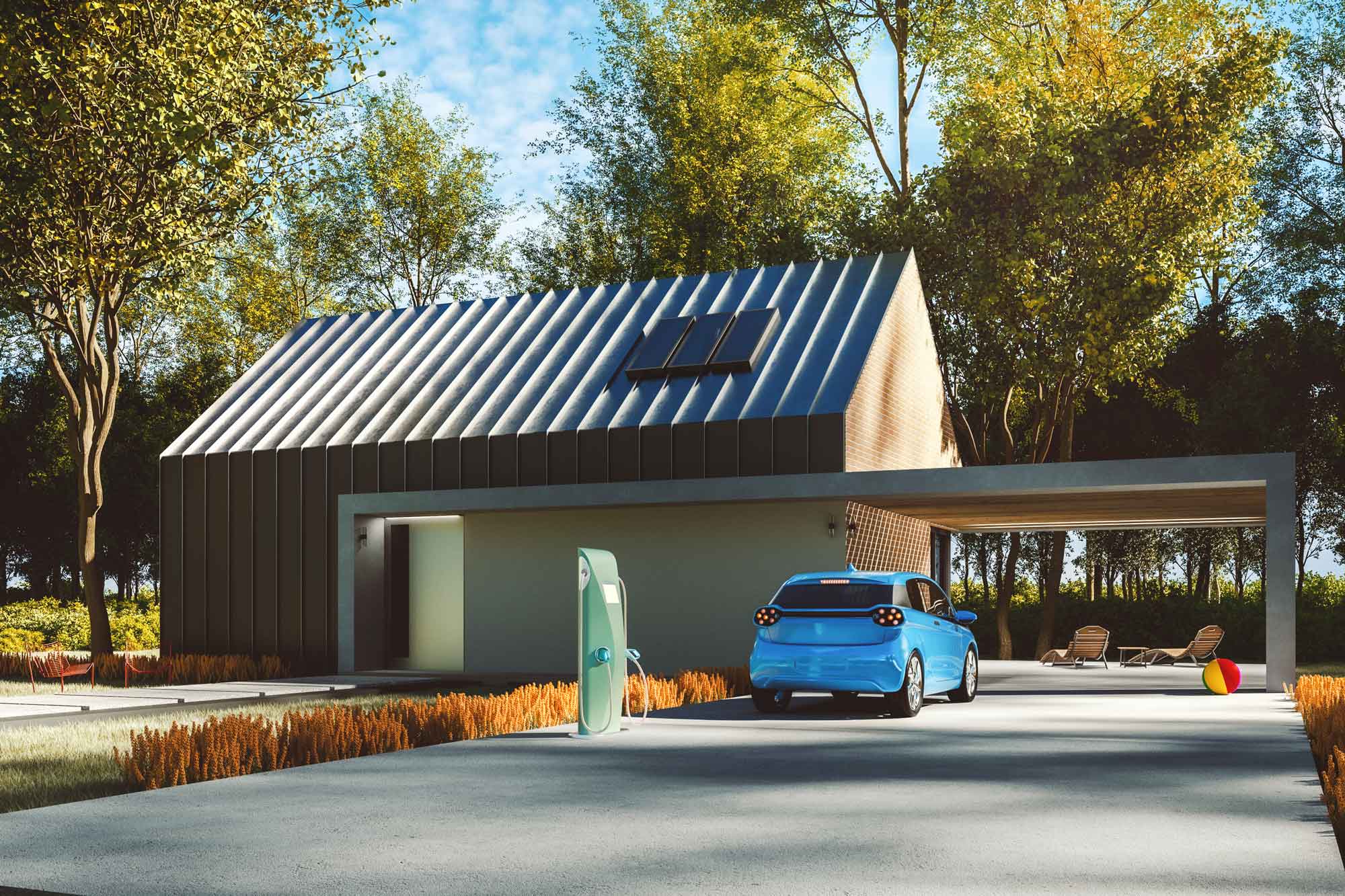What You Need to Know About Storing an EV
You can help preserve your battery's health with a few steps.
 Getty
Getty
QuickTakes:
Many people fear that if you leave an electric vehicle (EV) unattended for an extended amount of time, the battery will die. This happened on occasion in the early days of EVs, before manufacturers learned some important lessons about battery technology. While you might shorten the battery's life by allowing the charge level to drop to and remain at 0% for months on end, doing so in a modern EV generally won't cause terminal damage.
Still, even if you don't have to worry quite as much about the battery dying these days, there are a few things you should consider when preparing your EV for long-term storage. Some of these things apply to nearly any car you're going to store, such as thoroughly cleaning the interior and exterior, or elevating the vehicle on jack stands to prevent the tires from flat-spotting. There are other tips, though, that are specific to EVs.
Tip 1: Store the Car in a Temperature-Controlled Environment
Store the car indoors or at least in the shade if possible. Sitting for a long time in extreme heat can cause paint damage from the sun and fade the interior plastics and upholstery. It will heat up the pavement around the car and radiate upward to warm the battery, which generally sits low in the body. This can negatively impact EV batteries — which thrive at around 70 to 80 degrees Fahrenheit — and could shorten your pack's life. Cold temperatures are less of a concern.
Tip 2: Be Wary of Overcharging the Battery
Aim for a state of charge between 20% and 80% instead of topping off the battery. This is a good rule of thumb for any electrical device with a lithium-ion battery, from phones to computers to EVs, as charging to full capacity will eventually shorten its life. For specific guidance, check the owner's manual. It may suggest trickle charging at a low rate from a standard wall outlet, for instance, or that you leave the model unplugged.
If plugged in, see if there's a way to set the vehicle'’s maximum charge level to 80%. Moreover, the manual may alert you to a special setting — sometimes called Power Save, Energy Save, or Storage mode — that will reduce the power used by background processes.
Tip 3: Disconnect and Charge the Lead-Acid Battery
Most EVs have a conventional lead-acid battery to run various auxiliary systems, such as the lights, wipers, and windows. If you don't disconnect it from the car and place it on a trickle charger (preferably indoors), you might return to a vehicle that won't turn on or even unlock.
Tip 4: Phone a Friend
Leaving an EV unattended for months at a time is generally not an issue — the owner's manual for many EVs may recommend charging intermittently. One individual account of storing an EV without consequences was displayed by an EV blogger who
If you're still unsure, though, there's a simple solution: Ask a friend, relative, neighbor, or coworker to take the car for a spin every couple of months while you're away. They can give you an update on how much energy remains in the battery and, should it fall outside the optimal range, they can plug it in as needed.



